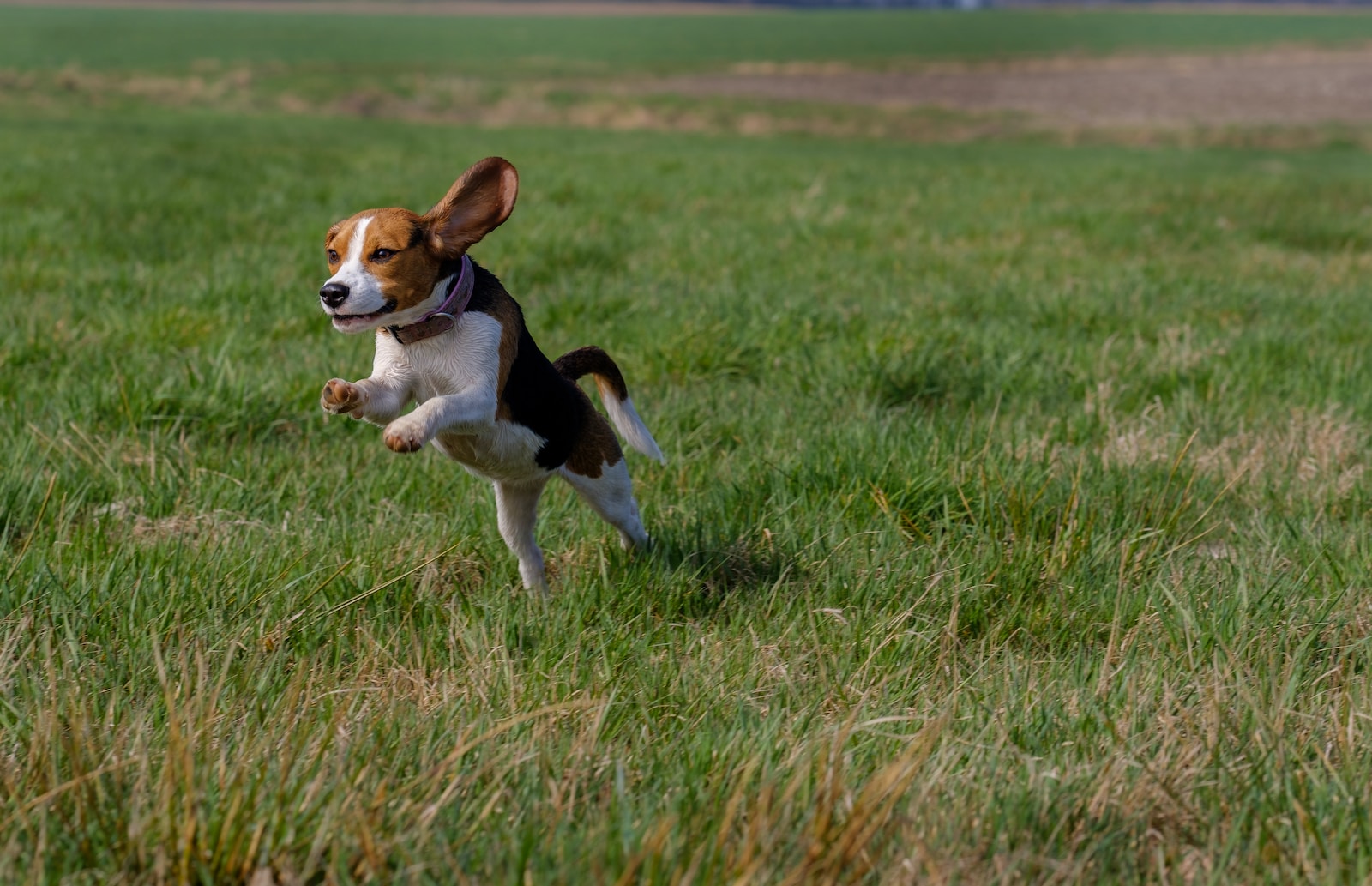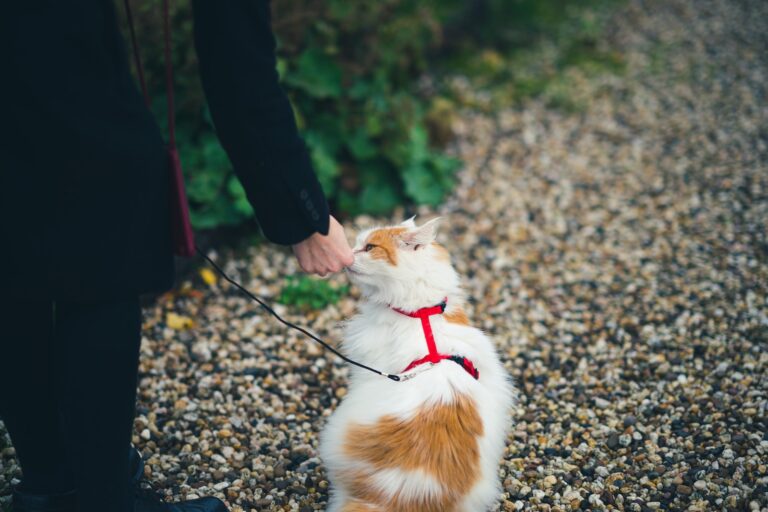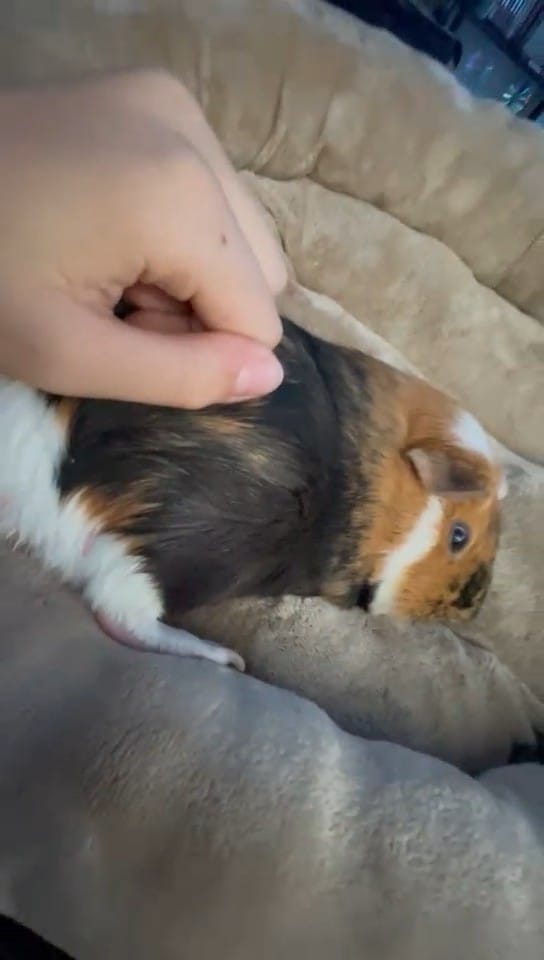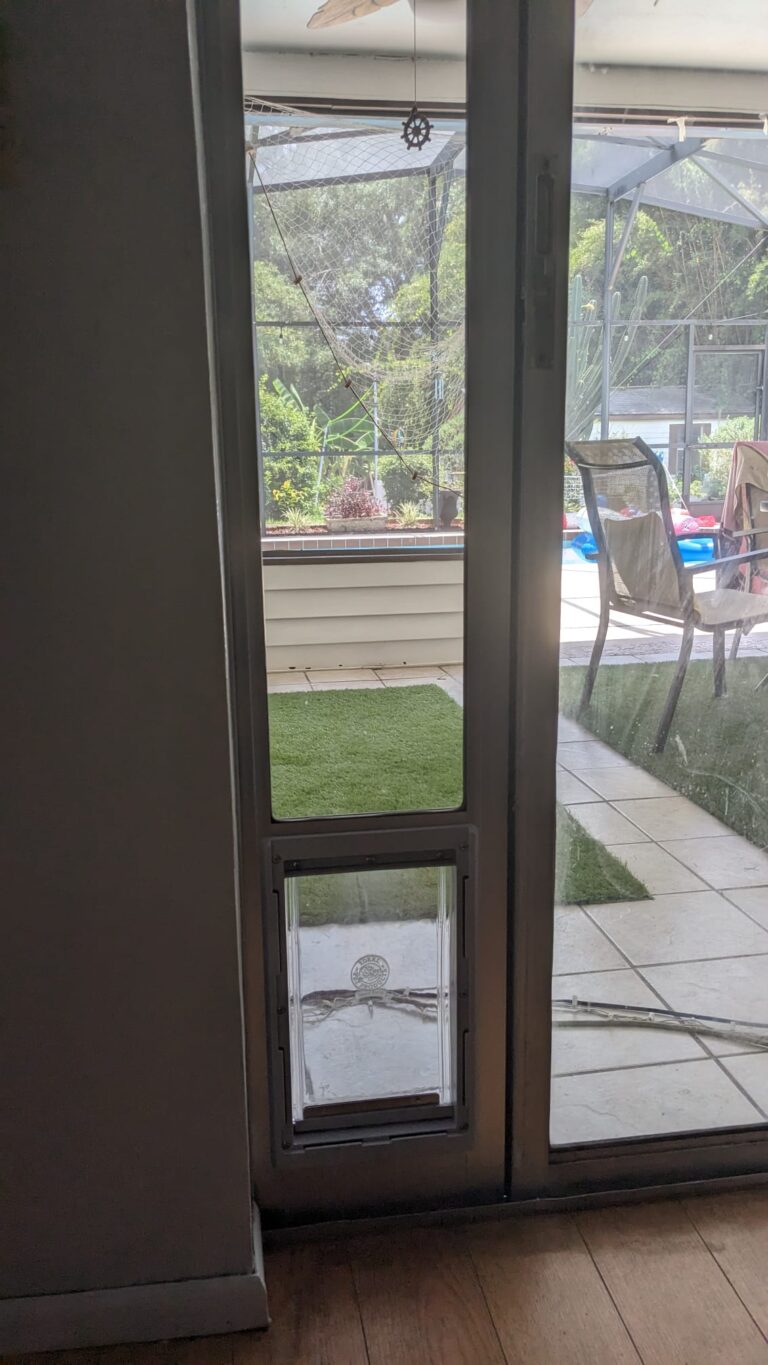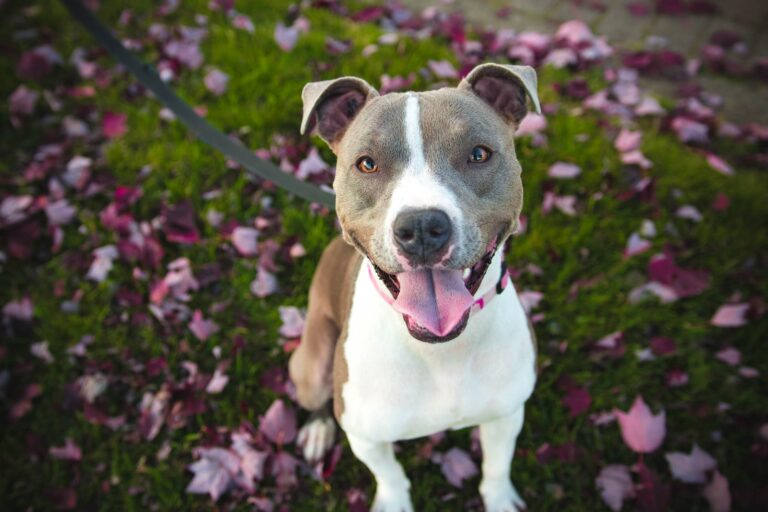Training your dog to stop jumping up on people
Do you dread having visitors over because your dog just can’t resist jumping up on them? Well, put an end to the embarrassment and start training your pup to kick this bad habit! Not only is it a nuisance for guests, but it can also be dangerous if your dog jumps too hard or knocks someone down. In this post, we’ll provide some practical tips and strategies to help you teach your furry friend how to greet people politely without launching themselves into the air. Get ready for fewer awkward encounters and more well-behaved pups!
What is jumping up?
Jumping up is a common problem with domestic dogs and can quickly become annoying or even dangerous. While some people swear by punishments such as withholding love or smacking their dog, others find that training their dog to stop jumping up is the best method.
When your dog starts jumping up on people, you should start by reinforcing desired behaviors such as sitting, laying down, or responding to verbal cues. If your dog is a dominant personality type and jumps up on people when they aren’t paying attention, try praising them when they sit down instead of rewarding them for jumping up.
If your dog isn’t responding to positive reinforcement and appears to be engaged in the behavior of jumping up, then you may need to use punishment techniques such as time-out or confinement. With time-out, you place your dog in a separate room for a set amount of time; with confinement, you confine your dog until they stop jumping up. Be sure not to use these punishments excessively as they can become habit forming.
If you find it difficult to prevent your dog from jumping up, you may need to invest in a dog gate to provide some separation between you and your pet.
The four main causes of jumping up.
There are many reasons why dogs might jump up on people, including frustration, fear, and aggression.
Training your dog to stop jumping up on people is a slow process that requires consistency and patience on your part. Start by teaching your dog how to sit politely instead of jumping up. Once your dog understands that he needs to sit before being allowed to interact with you, start reprimanding him for jumping up when he does it. Praise him when he sits calmly instead of jumping. Gradually increase the amount of time your dog has to wait before being allowed to interact with you again after jumping. Use positive reinforcement such as treats or petting when your dog sits patiently. If you have difficulty controlling your dog’s behavior, consult with a professional trainer or behaviorist who can help devise a training program specific to your pet’s individual personality and habits.
- Frustration: One of the most common reasons dogs jump up on people is because they are feeling frustrated. When your dog is getting ready to jump, his pupils will dilate and his ears will perk up. This is an indication that he is becoming agitated and uncomfortable. If you greet your dog when he jumps up, chances are he will do it again in a matter of minutes – which only makes him more frustrated. Try to keep your dog’s environment as calm and structured as possible – leaving him in one spot for too long can also lead to frustration. establish rules for your home and make sure all submissive associates know about them, such as not being allowed to jump up on guests or family members.
- Fear: Other dogs in the vicinity may be triggering your dog’s fear response, which can lead to jumping. Dogs may become fearful of unfamiliar people or places if they’ve been maltreated or haven’t received enough positive reinforcement from people in their lives. If your dog regularly barks or growls at people who walk by the house, it might be a sign that he’s fearful of them and needs to be retrained. Work with a professional trainer or behaviorist to help teach him how to associate people and places with good things instead of bad.
- Aggression: Sometimes jumping is simply a way for dogs to assert themselves. If your dog is frequently peeing or pooping in the house and you’ve tried training him to use the outside, it might be time to consider aggression as a possible reason for his behavior. Dogs who are fearful or aggressive often resort to physical violence in order to control their environment. If your dog is displaying any of these behaviors, consult with a professional trainer or behaviorist who can help you assess the root of his aggression and train him accordingly.
- Curiosity: One of the most common reasons dogs jump up on people is because they’re just looking for a hug! When your dog sees you coming down the stairs, he may misinterpret your motion as an invitation to jump up. When you greet your dog after he’s jumpedup on you, try to associate the gesture with good feelings – giving him a pat on the head or giving him a light scratch behind the ears can usually do the trick.
How to stop your dog from jumping up.
One of the most irritating behaviours a dog can exhibit is jumping up on people. This can be very embarrassing when it happens in public and it’s also something that can lead to costly injuries for both the dog and person. To stop your dog from jumping up, you’ll need to start by understanding why they do it in the first place.
A lot of times when a dog jumps up, they are trying to get attention. They may feel neglected or inadequate in some way, so they try to latch onto any source of affection that they can find. Because people are usually nearby, dogs often resort to jumping up as a way of trying to get our attention.
Another reason dogs might jump up is because they’re feeling territorial or anxious. They may feel like they need to mark their territory or ward off someone who is invading their space.
When dogs jump up, it’s usually a way of getting the person’s attention without having to verbalize what they’re feeling.
If you’re able to identify one or more of the reasons your dog jumps up on people, you can start working on training them not to do it. There are several tactics you can use to stop your dog from leaping at you:
Talk calmly to your dog while he’s jumping – If your dog is old enough and has been taught some manners already, try speaking calmly to him while he’s jumping. This will help him understand that rather than receiving rewards for doing this behaviour, he’ll
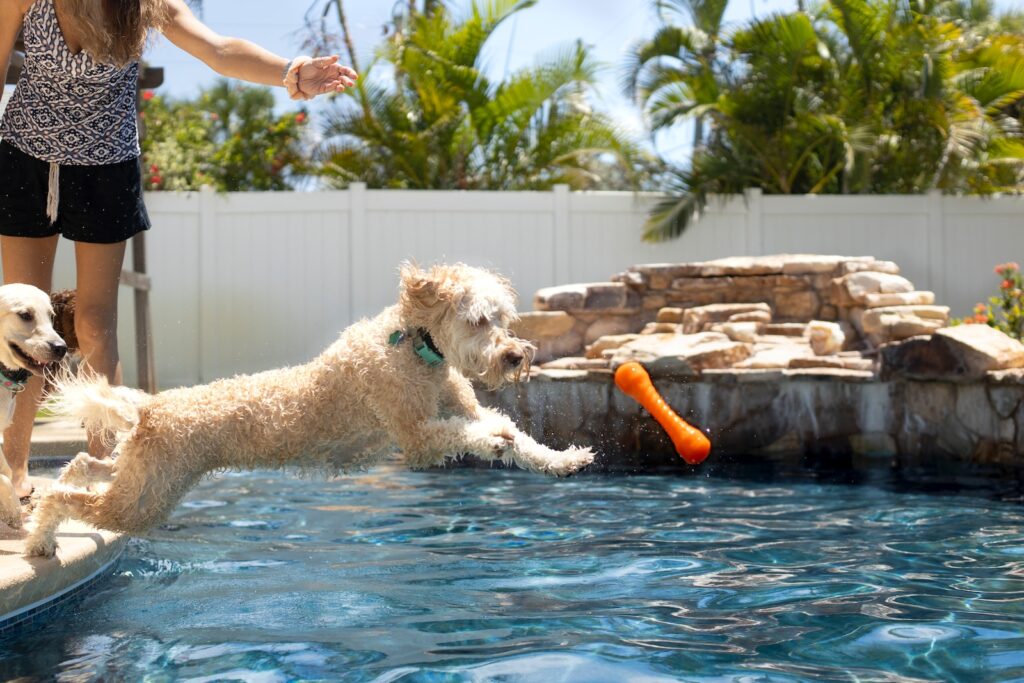
How to train your dog not to jump up on people.
When a dog jumps up on people, it can be interpreted as disrespectful and rude. By training your dog not to jump up on people, you’re creating an environment in which both you and your pet can feel safe and respected. Here are a few methods for training your dog not to jump up:
-First, make sure that your understanding of good manners is reinforced consistently. When your dog understands why jumping up is bad behaviour, he’ll be less likely to do it in the first place. Start by rewarding them when they sit or stay without jumping. Once they’ve mastered these simple behaviours, start using distractions such as toys or treats to show them that jumping isn’t always the best way to receive rewards.
-Make sure that your home is childproofed. Children are often the ones responsible for initiating contact with dogs and teaching them how to behave. If you can’t avoid children altogether, make sure that all areas of your home where pets can access are secured so pooches don’t get enthusiastic about greeting people at the door.
-Be consistent with Dog Behaviour Training advice when it comes to correcting good behaviour from your pet in order to prevent unwanted jumping up on people occurrences in the future.: If your pup displays polite behaviour at greetings – like sitting down instead of leaping up – give them positive reinforcement (review their “good boy” status with lavish praise and snacks) instead of punishing them for misbehaving.
Conclusion
Training a dog to stop jumping up on people can indeed vary in difficulty from one dog to another, depending on their temperament, age, and previous training experiences. While some pet owners may find this process relatively straightforward, others may face greater challenges and benefit from professional assistance. Regardless of the path you choose, it’s essential to approach the training process with patience, consistency, and a clear understanding of the principles involved in modifying your dog’s behavior.
Here are some simple yet effective tips to help your dog learn how to behave appropriately around people:
- Teach an Alternative Behavior: Dogs often jump up as a way to greet and interact with people. To curb this behavior, teach your dog an alternative command, such as “sit” or “stay,” that they can perform when greeting someone. Reward and praise them when they follow this command, reinforcing the idea that calm behavior is more rewarding than jumping.
- Consistency is Key: Consistency is crucial in dog training. Everyone in your household should be on the same page regarding the rules and commands. If you correct your dog when they jump up on people, ensure that everyone follows the same approach every time.
- Use Positive Reinforcement: Positive reinforcement, such as treats, praise, or petting, can be highly effective in encouraging desired behavior. When your dog refrains from jumping or responds to a command, reward them immediately. This positive association encourages them to repeat the desired behavior.
- Avoid Punishment: Avoid using harsh or punitive methods to discourage jumping, as these can lead to fear or anxiety in your dog and undermine the trust between you. Instead, focus on positive reinforcement and redirection.
- Practice with Different People: Expose your dog to a variety of individuals, including family members, friends, and strangers, to practice appropriate greeting behavior. The more they encounter different people, the better they’ll become at generalizing their training.
- Training Sessions: Dedicate short training sessions to specifically address the jumping issue. Consistent and focused training will yield better results than sporadic corrections.
- Use Leash and Harness: When practicing in situations where your dog may jump on people, such as during walks or outdoor activities, use a leash and harness to have better control. Gradually transition to off-leash situations as your dog improves their behavior.
- Seek Professional Help: If you’re struggling to address your dog’s jumping behavior, don’t hesitate to seek professional guidance from a certified dog trainer or behaviorist. They can assess your dog’s specific needs and provide tailored solutions and training techniques.
- Be Patient: Changing behavior takes time and patience. Be prepared for setbacks and continue working with your dog, reinforcing positive behavior consistently.
Remember that each dog is unique, and progress may vary. The key to success lies in your commitment to the training process, your ability to provide clear and consistent guidance, and your willingness to reinforce positive behavior. By following these simple tips and maintaining a positive and patient attitude, you can help your dog learn how to behave around people and enjoy more harmonious interactions with them

